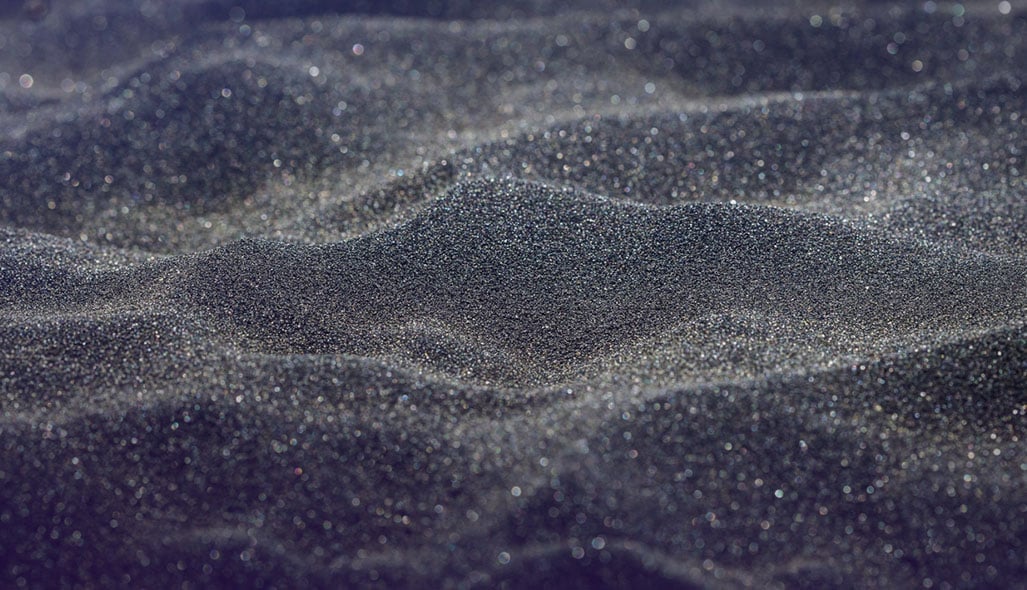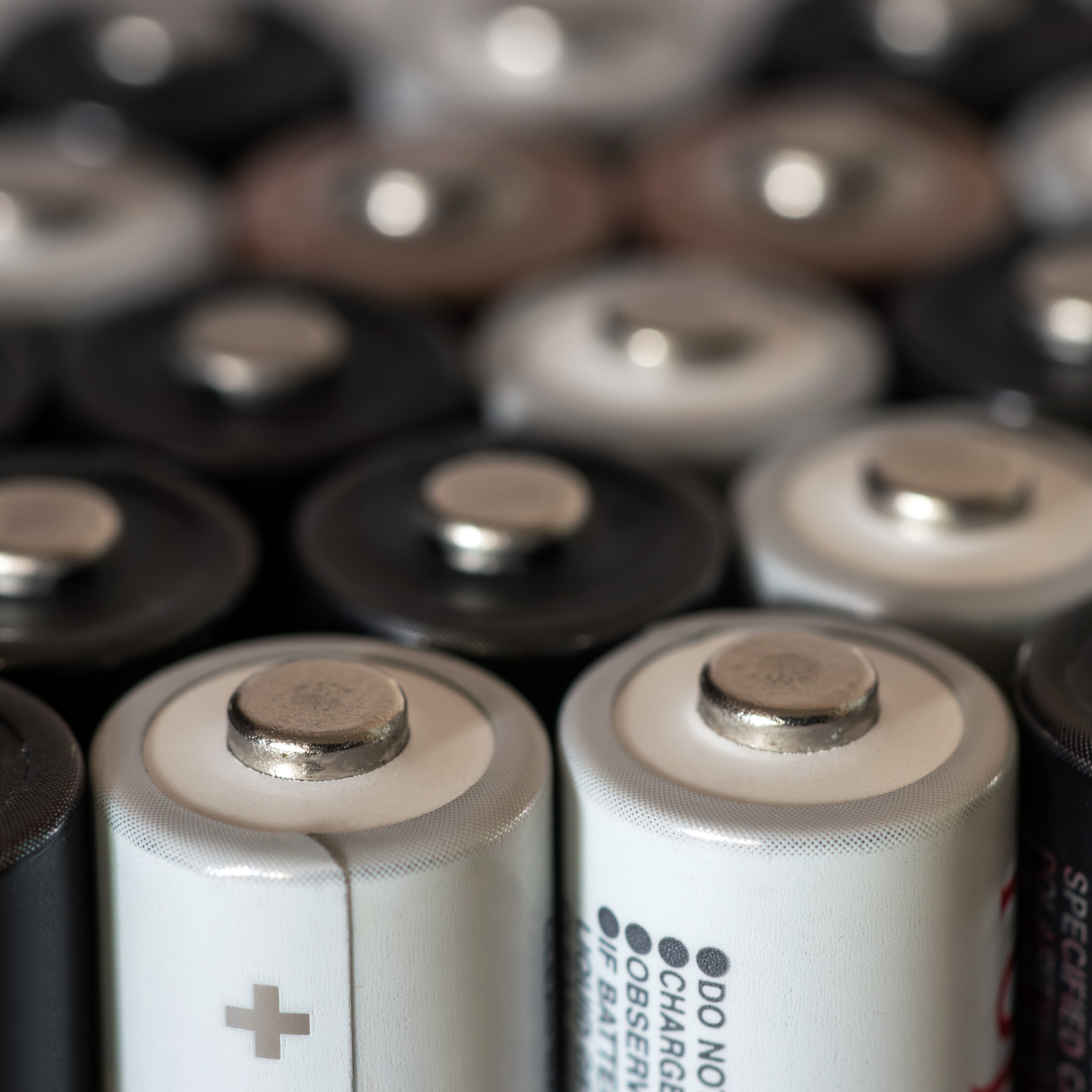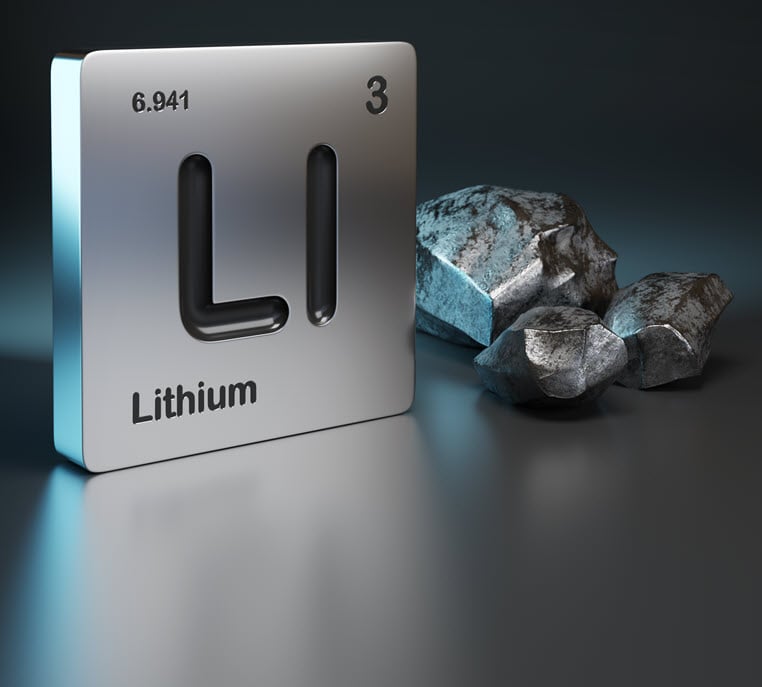Current spodumene concentrate market prices pose a significant challenge for several pegmatite producers, with almost 25% of production falling into negative cash margins according to our new Lithium Asset Service database. Operators are curtailing production and seeking to reduce costs, but this is also causing projects to rethink strategies. Lithium supply has changed notably since the 2018 market boom, with almost double the amount of operational assets, and several new mining jurisdictions emerging – but are they safe of curtailment?
CRU’s asset analysis shows that Zimbabwe’s new operations are comfortably situated in the middle of the pegmatite cost curve, while Chinese lepidolite assets are responsible for some of the highest production costs in the industry. In addition to the high operating costs, lepidolite producers face environmental legislation constraints that will increase the risk of curtailment in China.
Lithium pegmatite producers’ profits shrink
The lithium carbonate price has reached its lowest point since August 2021, after an 83% decline from the peak in late 2022. The magnitude and rate of change in the lithium carbonate price is driving rapid downward adjustments to the margins among lithium producers. At a forecasted average spot concentrate price of $1,120 /dmt in 2024, one tenth of the lithium pegmatite supply will be cash-margin-negative in 2024, according to our asset database. Recent curtailments from Greenbushes and Finniss in Australia as well as a postponement of Wodgina’s third train have not been sufficient to tighten the current market surplus.
In response to current prices, producers are striving for operational efficiencies and postponing unessential capital investment to protect themselves from a weak market. Announcements have been made in this front – Sigma Lithium has deployed extensive cost cutting and provided a new FOB cost guidance for 2024 of $420 /dmt, a 14% reduction. Also, Mineral Resources (Minres) has reduced stripping ratio and decline exploration to obtain a FOB cost of $557 /dmt in Mt Marion, a 30% reduction from the 2024 guidance cost of $792 /dmt.
Before spot prices begin to increase again, companies will try to remain operational because of the expenditure associated with closure while revenue streams dry up. Nevertheless, historically, costs do not drop as fast as market pricing. Therefore, there is a great probability that there will be further curtailments on the supply side. It is important to consider which assets are most sensitive to low prices to help guide an understanding of where these curtailments will occur.
Zimbabwe is a new cost-competitive pegmatite player
Lithium pegmatite supply has changed dramatically in recent years. New assets have come online in more challenging jurisdictions like Zimbabwe. Globally, the number of assets producing pegmatite concentrate has doubled since 2020, increasing from 17 operations to 35 in the current year. Approximately 70% of these new assets are based in Australia, China and Zimbabwe.
Australia and China both have long legacies in lithium production, in contrast to Zimbabwe, which is fast becoming a significant player in lithium supply. The country’s miners will produce a combined 135 kt LCE in mixed concentrate in 2024 – approximately 15% of total pegmatite production. By comparison, the world’s largest mine, Greenbushes, will produce around 190 kt LCE in 2024.
On average, the most cost-competitive country is Australia, with a value-adjusted cash cost CIF China ranging from $400 - $600/dmt in 2024. This advantage is driven by low-cost pegmatite producers like Greenbushes and Pilgangoora, despite the fact that some Australian assets sit in the end right of the cost curve. Greenbushes and Pilgangoora are world-class operations with a large-scale operation and big geological resources supporting the investment. These two operations together account for almost the 20% of all resources in an LCE basis and have a high-grade ore ranging 1.2–1.8% Li2O. On top of that, both operations have easy access to infrastructure such as rails and ports, driving in low transport costs.
Zimbabwean mines are found at the middle and the right end of the cost curve, with an average cost of $770 /dmt. Zimbabwean assets have a competitive average ore grade of 1.2% but lower average recovery of 61%. At the forecast average price for 2024 of $1,120/dmt, most Zimbabwean production is still expected to generate a healthy profit. However, future expansions may be postponed due to the priority to generate cash in the short term. In the other hand, the assets sitting at the right end of the cost curve do not have an industrial processing facility increasing the cost of those assets.
The end-right side of the cost curve is shared between Chinese, Zimbabwean and Australian mines. High-cost Chinese assets are low ore grade lepidolite assets, with processing recoveries ranging between 50%-65% and low-grade concentrate ranging from 1.7% to 2.5% Li2O. By comparison, typical recoveries for a large spodumene operation are around 80%, producing a 5.5% to 6.0% Li2O concentrate.
Chinese Lepidolite at risk due to grades and legislation
Recent years have seen a frenzy of investments in greenfield lepidolite projects in Jiangxi province. These are commonly grouped together, but there is a clear division in the nature of these resources. For instance, Jianxiawo, Dagang and Huashan are based on kaolinite-rich deposits, which have grades as low as 0.27% Li2O as well as low processing recovery rates – typically around 50% to 65%. As a result, concentrate grade from these operations ranges from 1.7% to 3% Li2O, bringing substantial additional costs to refining lithium carbonate from this feedstock. CRU analysis indicates average costs for these types of lepidolite operations are above $1,100 /dmt, sitting around the 90th percentile of the cost curve.
A second sub-category of lepidolite deposit occurs within tantalum and niobium deposits such as Yichun (also known as 414), Xikeng and Yifeng Shiziling. This type of deposit has historically been processed to obtain tantalum or niobium with lepidolite stockpiled as tailings. Ore grades are typically higher, from 0.4% to 0.6% Li2O, as well as a higher processing recovery rate than the former kaolinite-rich lepidolite deposits. Average operating costs are $600–800 /dmt, placing these projects in between the 50th and 75th percentile of the cost curve.
Both types of lepidolite feedstock place a large burden on refiners in Jiangxi compared to other sources of lithium. A refinery requires 7.8 tonnes of spodumene concentrate at 6% Li2O to produce a tonne of lithium carbonate. However, this number increases to 11 to 23 tonnes per tonne of lithium carbonate produced, depending on grade, equating to approximately 180 to 250 tonnes of lepidolite ore.
This amount of ore consumption increases not only the total processing costs compared to spodumene assets, but also the tailings storage requirements and CO2 emissions, both of which are increasingly becoming more focal points. With the spodumene concentrate spot price averaging $1,120 /dmt this year, most of the kaolinite-dominated projects are facing a negative profit margin, increasing their risk of curtailment.
Increasing environmental scrutiny has also raised concerns for curtailment. Not only have these operators struggled to safely store the large volume of mining tailings, but refined waste is also very hazardous due to rubidium, caesium and thallium concentrated in the slag. Government environmental inspections are common, with the most recent visit occurring in March 2024 in the Yichun area, mainly concentrating on slag treatment process. Currently, detailed official guidance on slag treatment is not available, and a number of plants are facing temporary suspensions when slag storage is deemed inappropriate. Miners may also need to shut operations to avoid building stockpiles that they do not have space for.
There are plans for a few Jiangxi-based lepidolite producers to expand. In January, Huashan – owned by Yongxing New Material Co., Ltd – and Dagang – owned by Feiyu New Energy Tech. Co., Ltd – announced that they have received mining permission for expansion to 9 Mtpa and 6 Mtpa ore processing capacity in equivalent to roughly 60 ktpa LCE and 40 ktpa LCE, respectively. CATL’s Jianxiawo was planning to construct second phase 2 (10 Mtpa comprising around 50 ktpa LCE) in 2024.
However, based on the current lithium price, CRU does not expect this expansion to go ahead until carbonate prices return to above $18,000 /t. After all, the dual pressures from the high operating costs and rising concerns about environmental inspections will drive the high risk of curtailment for Chinese lepidolite production.
Growth in mine supply will remain higher than demand this year, increasing raw material availability for cathode manufacturers. Prices will drop even lower as purchasing activity picks up later in 2024. This will prompt curtailments that will significantly tighten the market balance next year, bringing support to higher prices.
We will follow cost trends in our new lithium asset service
CRU expects more production curtailments and delays in investment due to bearish lithium prices. As revenue shrinks, generating extra cash through opex optimization is essential to stay in business until spot prices hit the floor and the recovery phase drives a margin increase. Interesting times are ahead, and decisions have to be made by the producers to stay competitive. We will follow these supply and cost trends in CRU’s Lithium Market Outlook and Lithium Asset Service.















